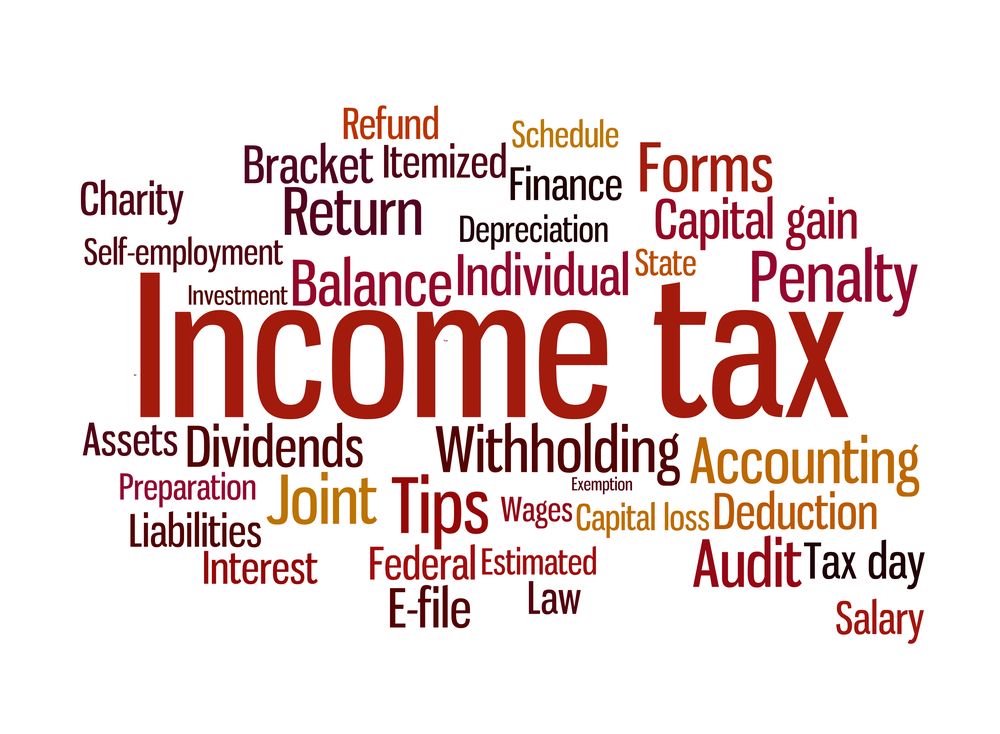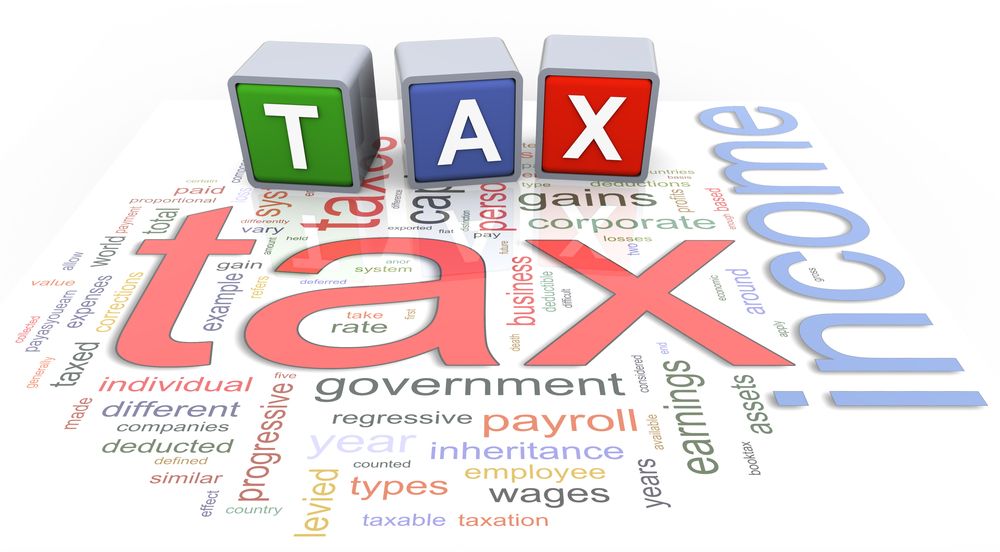How to file Income Tax? Steps & more
Most Indians do not have a clear idea about the basics of income tax. Neither they know about the procedure of income tax filing properly. The country follows the progressive tax system, and there are income slabs on which one has to file income tax.
People who have recently joined a job or started a business need to know how the country's income tax system works. As per the recent tweet of CBDT, 1.46 crore people are liable to pay income tax.
Check out a brief description of the income tax system, along with the guideline for filing.
Income Tax: Definition
Any amount paid by common people to the government against their income in a financial year is the income tax. There are multiple slabs on which the taxable amount is calculated. The Government of India has the sole power to change income slabs if necessary.
How income tax is levied?
As per the income tax system, a person with a high annual income has to provide a higher percentage of the Government's income tax. The ones with lower incomes can come under the next lower slabs. Apart from income, the taxpayers' age plays a determining factor for how much tax one has to pay.

Details about the income tax slabs
There are seven district slabs of income tax made according to the income level below the age of 60. The details are mentioned here in a tabular form.
Income tax slabs for citizens below 60 years of age:
| Annual income (in one financial year) | Rate of income tax |
|---|---|
| Lesser than or equal to Rs. 2.5 Lakhs | No tax |
| Rs. 2,50,001 to Rs. 5,00,000 | 5% |
| Rs. 5,00,001 to Rs. 7,50,000 | 10% |
| Rs. 7,50,001 to Rs. 10,00,000 | 15% |
| Rs.10,00,001 to Rs. 12,50,000 | 20% |
| Rs. 12,50,001 to Rs. 15,00,000 | 25% |
| Above Rs. 15,00,000 | 30% |
Income tax for senior citizens ranging between 60 to 80 years of age:
| Annual income (in one financial year) | Rate of income tax |
|---|---|
| Lesser than or equal to Rs. 3 Lakhs | No tax |
| Rs. 3,00,001 to Rs. 5,00,000 | 5% |
| Rs. 5,00,001 to Rs. 10,00,000 | 20% |
| Above Rs. 10,00,000 | 30% |
All taxpayers have to pay a 4% cess apart from the net taxable amount.
Income tax for super senior citizens above the age of 80:
| Annual income (in one financial year) | Rate of income tax |
|---|---|
| Lesser than or equal to Rs. 5 Lakhs | No tax |
| Rs. 5,00,001 to Rs. 10,00,000 | 20% |
| Above Rs. 10,00,000 | 30% |
The 4% cess is applicable here too.

Types of taxable incomes
There are some types of taxable income designated by the government. One has to give taxes if the yearly income generates from these sources, and it falls in any of the slabs.
- Income from salary: Salaried citizens have to give income tax against their income from the net salary, encashments of leaves, and allowances.
- Business income: The total annual income you render from your business is taxable if it falls in the payable slabs.
- Property income: You have to give income tax against the yearly amount generated from the property rents.
- Capital gains: All kinds of capital gains are taxable in nature. You have to pay income tax against the amount rendered from MFs, shares, and other assets.
Income from gifts and fixed deposits are also subjected to income tax. However, you can invest in some tax-saving funds to avoid paying harsh taxable amounts.
Procedure for Income Tax Filing
Nowadays, filing income tax returns has turned simple, and anyone can do it online. It's called e-filing, and you can complete it rapidly, avoiding the anxiety of missing the deadline. However, you can also hire an expert who can file income tax returns or look for online service providers who can file your ITR.
Here are the steps of income tax e-filing:
1. Logging in the portal: You have to log on to Income Tax website after a short registration process. This process would require your PAN number.
2. Downloading ITR form: To download the ITR form, you have to search for the ‘Download’ option and choose the right ITR form. You can also download the ‘Sahaj’ software.
3. Put the details: You need to enter all the required data on the ITR for referring to the norms mentioned in Form-16.
4. Compute and confirm: You need to generate an XML file consisting of the tax details and save it on your computer and enter details about the taxation. Later you can save the XXL file after the confirmation is done. To upload the XML file, you will need to go to the ‘Submit Return’ option.
5. Put digital signature (optional): If you have a digital signature, you can upload it. However, it is an optional step.
6. ITR verification: After the above processes are complete, the verification mail will be sent to your mail-id. A message for successful ITR filing will be shown on your skin.
7. E verification (optional): You can e-verify the ITR forms in different ways like bank ATM model, Demat account model, email id, etc. Although it is optional, you must have a document of verification with you.

Final Words
Income tax is a vital source of revenue for the Government of India. It is used to develop the overall infrastructure of the country. You should always file your income tax on time if your income comes under the payable tax.
Also read:
Income Tax: Difference between Old Regime & New Regime
The USA vs India: Taxation System
Presumptive Tax: Ways to File Returns & Save Taxes for Creative Professionals
FAQs
Q. Is there any other way apart from e-filing how I can clear income tax returns?
Ans: Yes, there are financial experts who can file your income tax returns. You can also hire the online portals that can file an ITR on your behalf. However, you have to pay extra charges to the online platform or the person filing your ITR. As a salaried person, you should know how to e-file your income tax.
Q. What happens if I fail to file the ITR within the deadline?
Ans: You should execute income tax filing as early as possible, even if you have missed the deadline. This can lead you to give hefty fines but can help you to avoid legal proceedings. Not filing income tax for a prolonged period is a punishable offense by law.
Q. Will I have to pay any income tax if my monthly income is Rs. 10,000?
Ans: If your monthly income is Rs. 10,000, the annual income in a financial year will be below Rs 2.5 lakhs. So, you will not have to pay any income tax. If there is any increment taking place, calculate your increased salary, and check if the yearly income exceeds Rs. 2.5 lakhs.



![Series Funding [Types, How it works and More!]](https://okcredit-blog-images-prod.storage.googleapis.com/2021/02/seriesfunding1.jpg)
